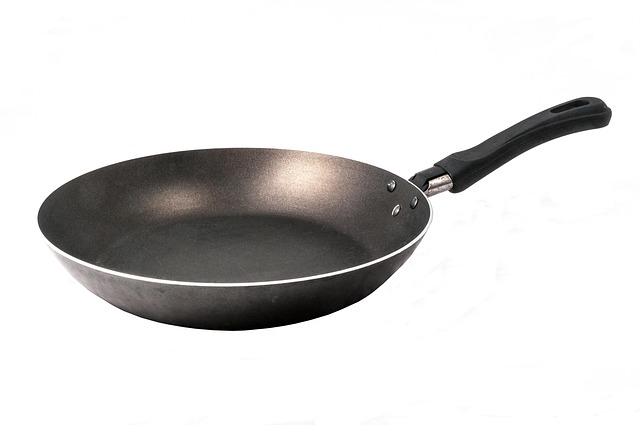
Particle Size Analyzer: Understanding the Basics
Particle size analyzers play a crucial role in various industries, from pharmaceuticals to food production. These devices help measure the size of particles in a sample, which is vital for product quality and performance. Whether you’re working with powders, emulsions, or suspensions, understanding how to analyze particle size can significantly impact your results. 🌟
What is a Particle Size Analyzer?
A particle size analyzer is a scientific instrument designed to measure the size distribution of particles in a given sample. The size can range from as small as 0.3 nanometers to larger than 3 millimeters. The choice of analyzer often depends on the specific application and the nature of the sample being tested.
Why is Particle Size Important?
The size of particles can affect various properties, including solubility, stability, and flowability. For instance, in pharmaceuticals, the effectiveness of a drug can be influenced by the particle size of its active ingredients. Similarly, in food production, the texture and taste can be affected by the size of the particles in the ingredients used.
Types of Particle Size Analyzers
There are several techniques used in particle size analysis, each suitable for different types of samples:
- Dynamic Light Scattering (DLS): This method is particularly useful for measuring small particles, typically in the nanometer range. The Litesizer DLS series by Malvern Panalytical is a popular choice for researchers working with nanoparticles.
- Laser Diffraction: This technique can measure larger particles, making it ideal for applications in industries like construction and food. It provides a quick and reliable way to obtain particle size distribution.
- Sieve Analysis: Often used for larger particles, this method involves passing a sample through a series of sieves. It’s a straightforward approach that’s been around for a long time.
- Image Analysis: This technique uses imaging software to analyze the size and shape of particles. It’s particularly useful for complex samples where shape is as important as size.
Choosing the Right Analyzer
When selecting a particle size analyzer, consider the following factors:
- Sample Type: Is it a dry powder or a wet suspension?
- Size Range: What is the expected size range of the particles?
- Required Precision: How precise do the measurements need to be?
- Budget: What is your budget for this equipment?
For example, if you need to analyze particles up to a millimeter in size, the Litesizer DIF 500 from Malvern Panalytical could be an excellent choice. It’s designed to provide accurate measurements for a wide range of applications.
Applications of Particle Size Analysis
Particle size analysis is used in numerous fields:
- Pharmaceuticals: Ensuring consistent drug formulation and delivery.
- Food Industry: Enhancing texture and flavor profiles.
- Cosmetics: Improving product stability and application.
- Environmental Science: Analyzing pollutants and particulates in air and water.
Conclusion
Understanding particle size and its implications can lead to better product development and improved quality control. With the right particle size analyzer, industries can enhance their processes and outcomes significantly. If you’re in a field that requires precise measurements, investing in a reliable particle size analyzer is definitely worth considering! 😊




















 Ani DiFranco's Little Plastic Castle: A Deep Dive
Ani DiFranco's Little Plastic Castle: A Deep Dive 
 Health
Health  Fitness
Fitness  Lifestyle
Lifestyle  Tech
Tech  Travel
Travel  Food
Food  Education
Education  Parenting
Parenting  Career & Work
Career & Work  Hobbies
Hobbies  Wellness
Wellness  Beauty
Beauty  Cars
Cars  Art
Art  Science
Science  Culture
Culture  Books
Books  Music
Music  Movies
Movies  Gaming
Gaming  Sports
Sports  Nature
Nature  Home & Garden
Home & Garden  Business & Finance
Business & Finance  Relationships
Relationships  Pets
Pets  Shopping
Shopping  Mindset & Inspiration
Mindset & Inspiration  Environment
Environment  Gadgets
Gadgets  Politics
Politics 